🦋Provide a water source such as a bird bath, shallow dish, fountain or pond. Butterflies prefer shallow water! Common Butterflies and the Plants Their Caterpillars Eat (Eastern) Black Swallowtail
Common Buckeye
Monarch
Mourning Cloak
Painted Lady
Pearl Crescent
Red Spotted Purple
Regal Fritillary
Tiger Swallowtail
Viceroy
Zebra SwallowtailRed Admiral
1 Comment
Your concise yet comprehensive guide to providing the necessities for these delicate creatures is truly invaluable. Your emphasis on water sources, sunny locations, native plants, pollinator targets, and successive blooming, as well as your advice on avoiding pesticides and delaying fall cleanup, showcases your deep understanding of creating a harmonious habitat for butterflies and other pollinators. Your commitment to sharing such valuable knowledge is commendable and will undoubtedly inspire many to contribute to the well-being of these beautiful insects.
Reply
Leave a Reply. |
AuthorRebecca Chandler Archives
March 2024
Categories |

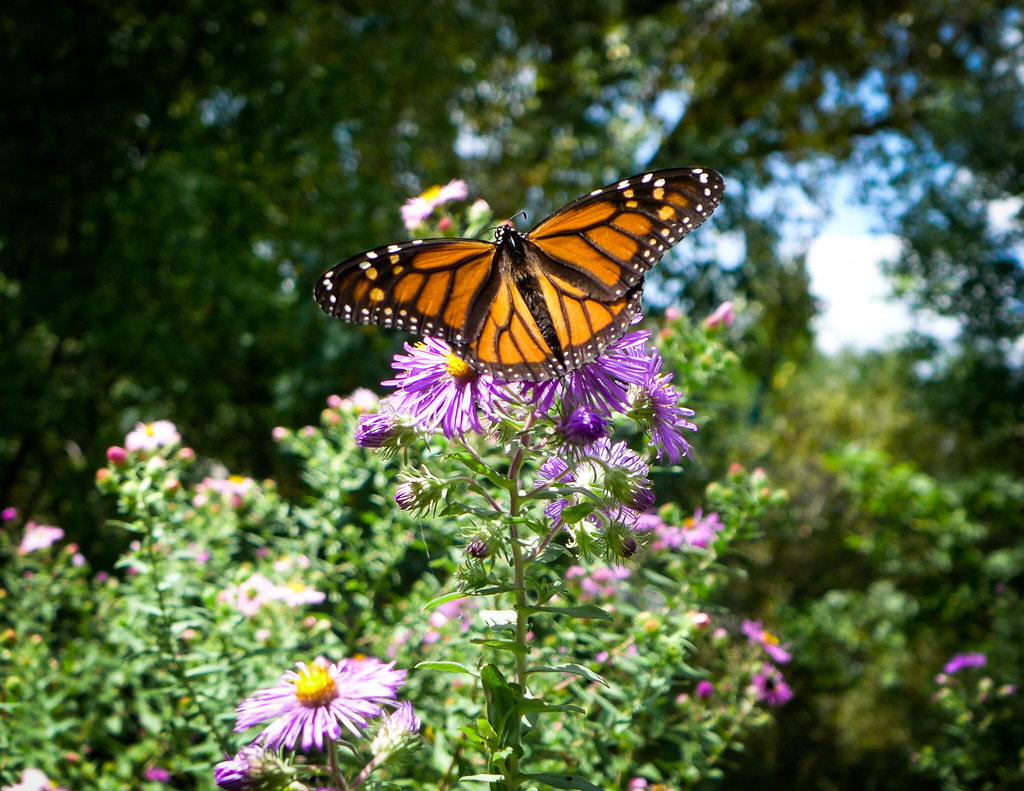
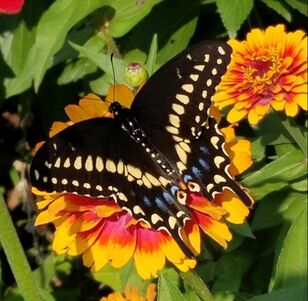
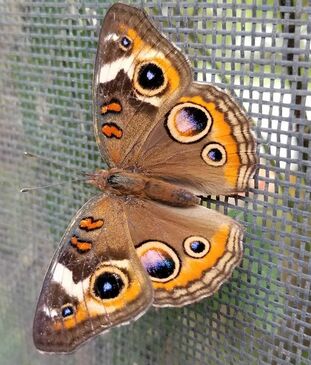
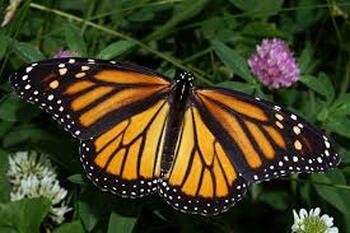
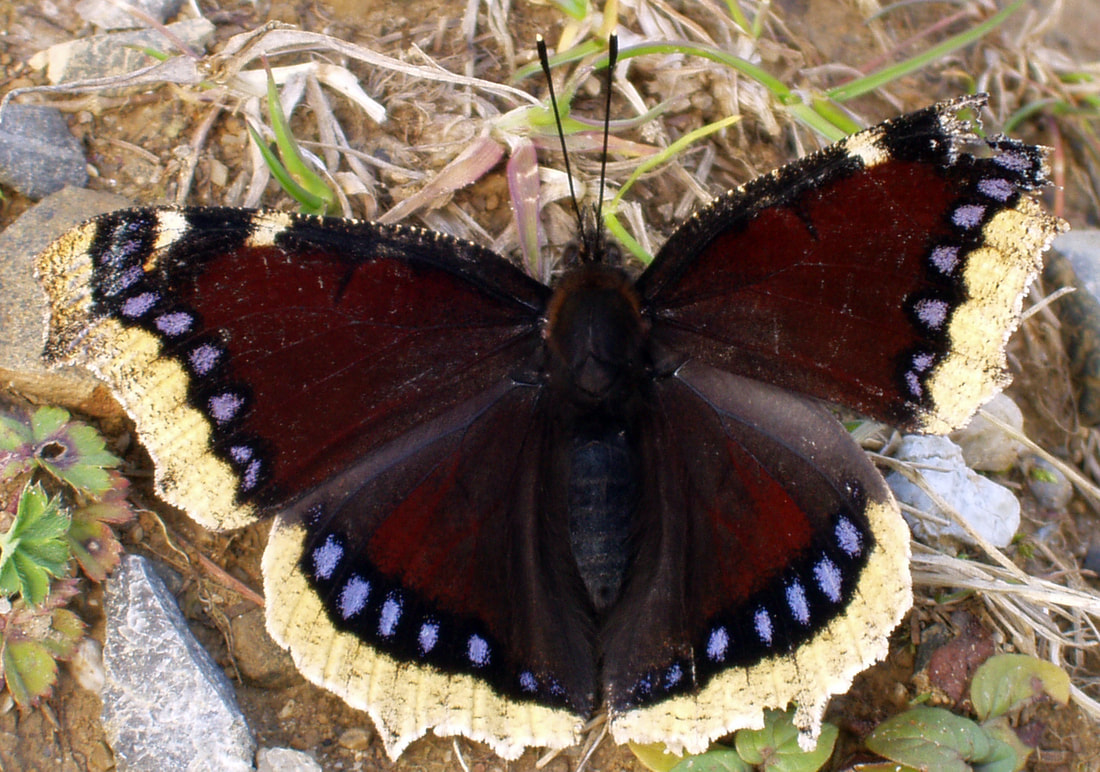
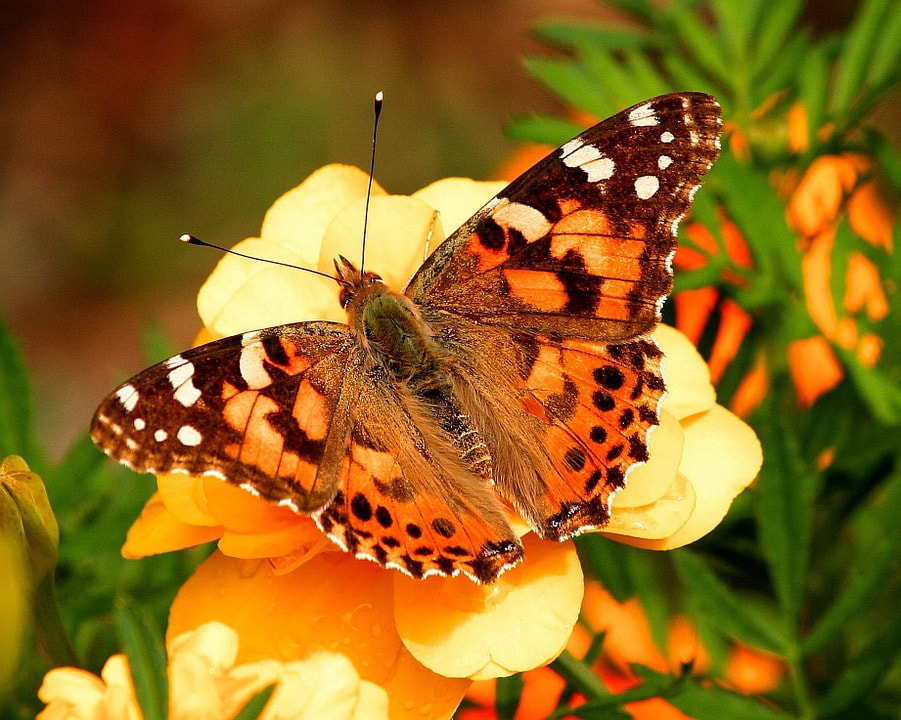
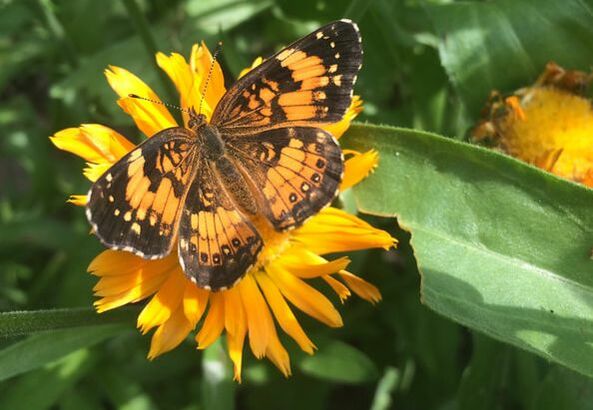
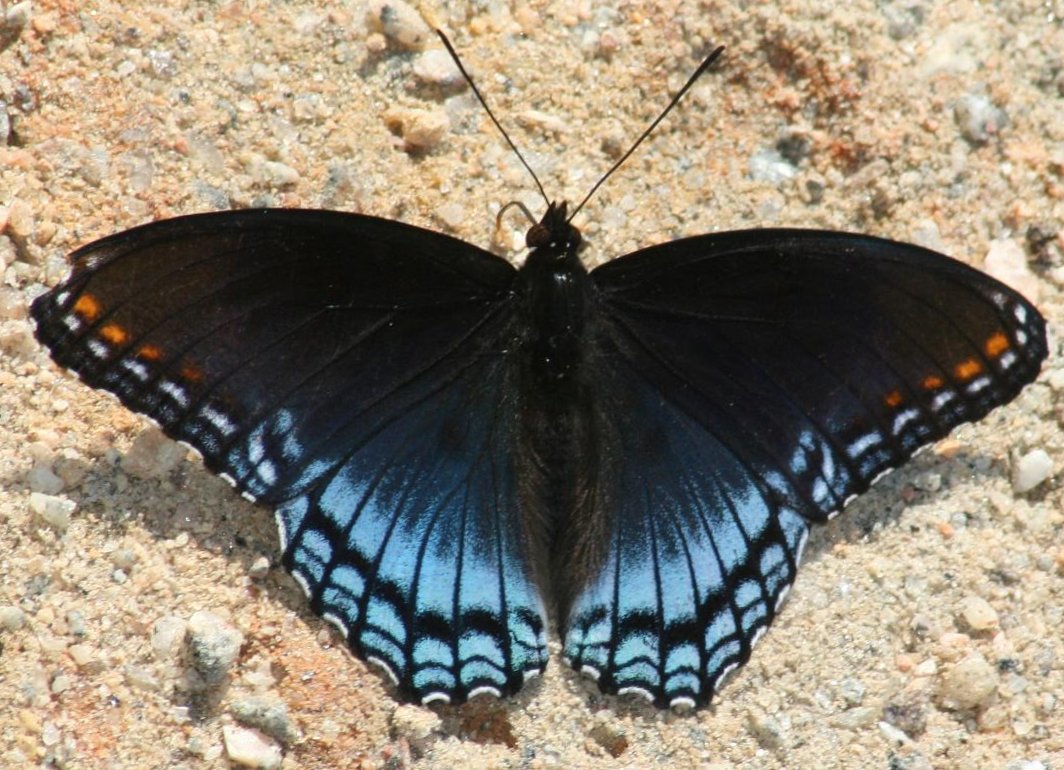
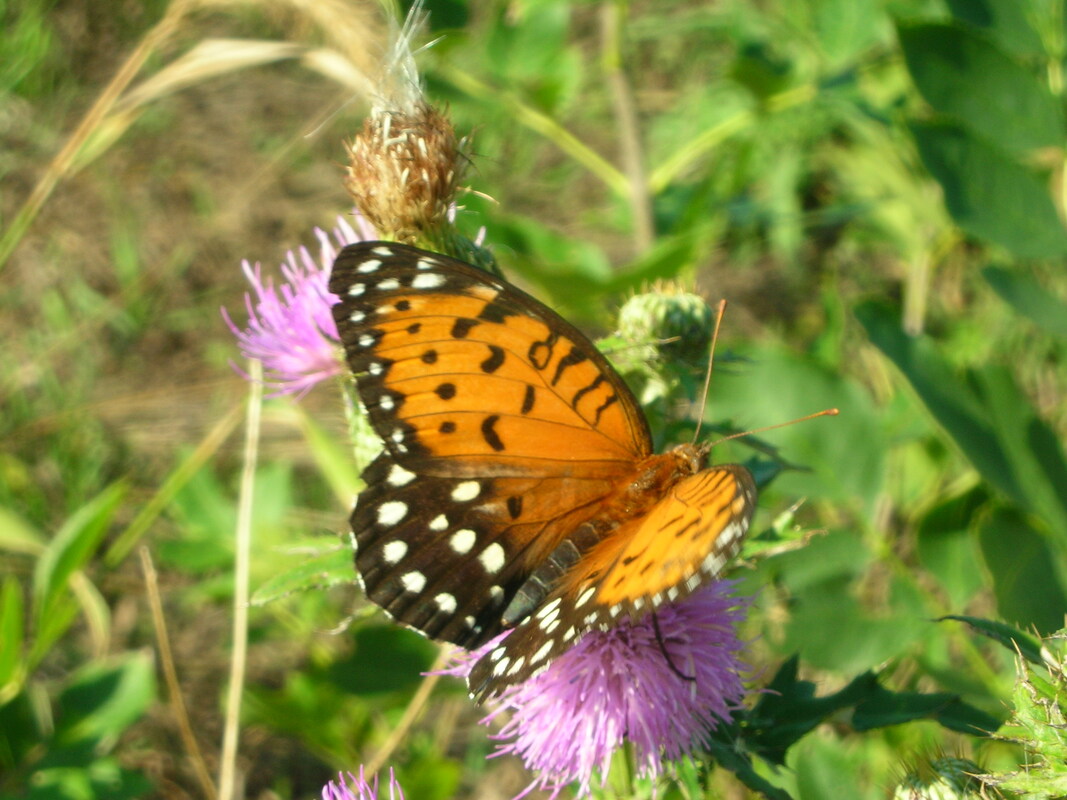

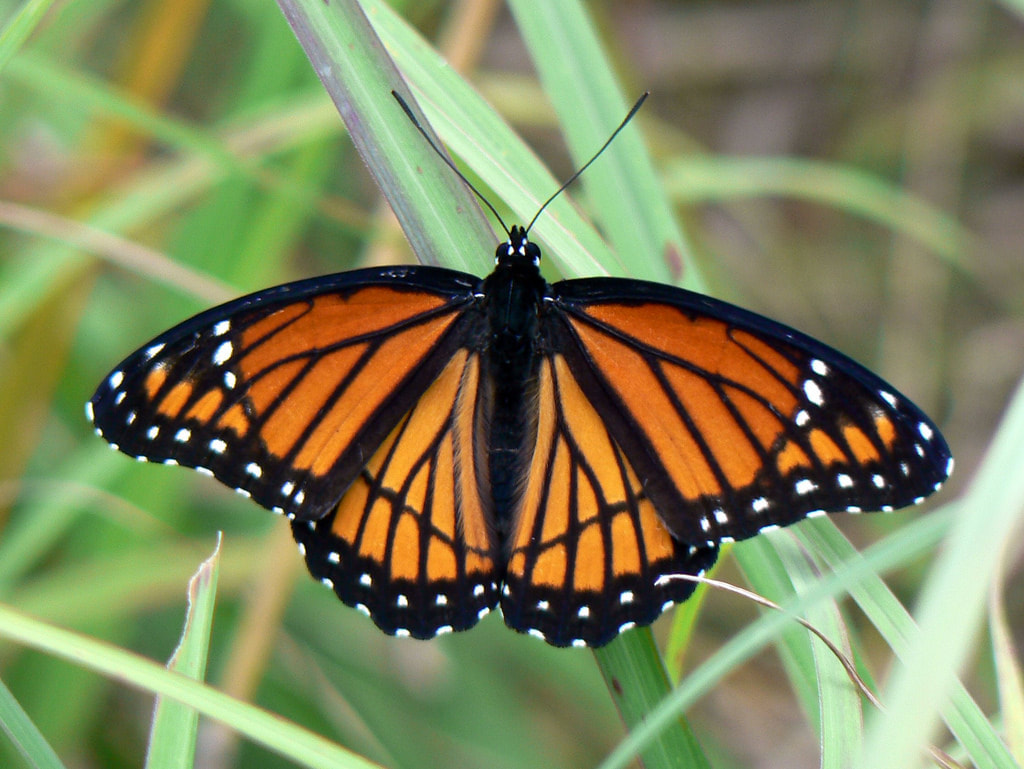
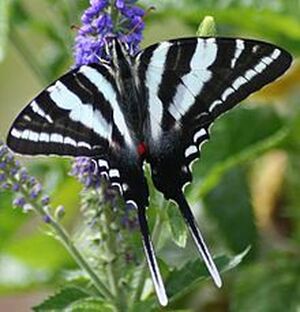
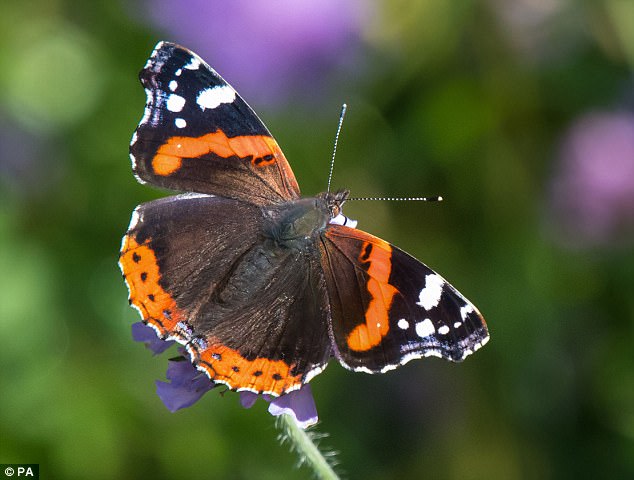
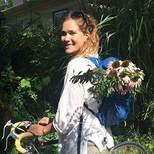
 RSS Feed
RSS Feed